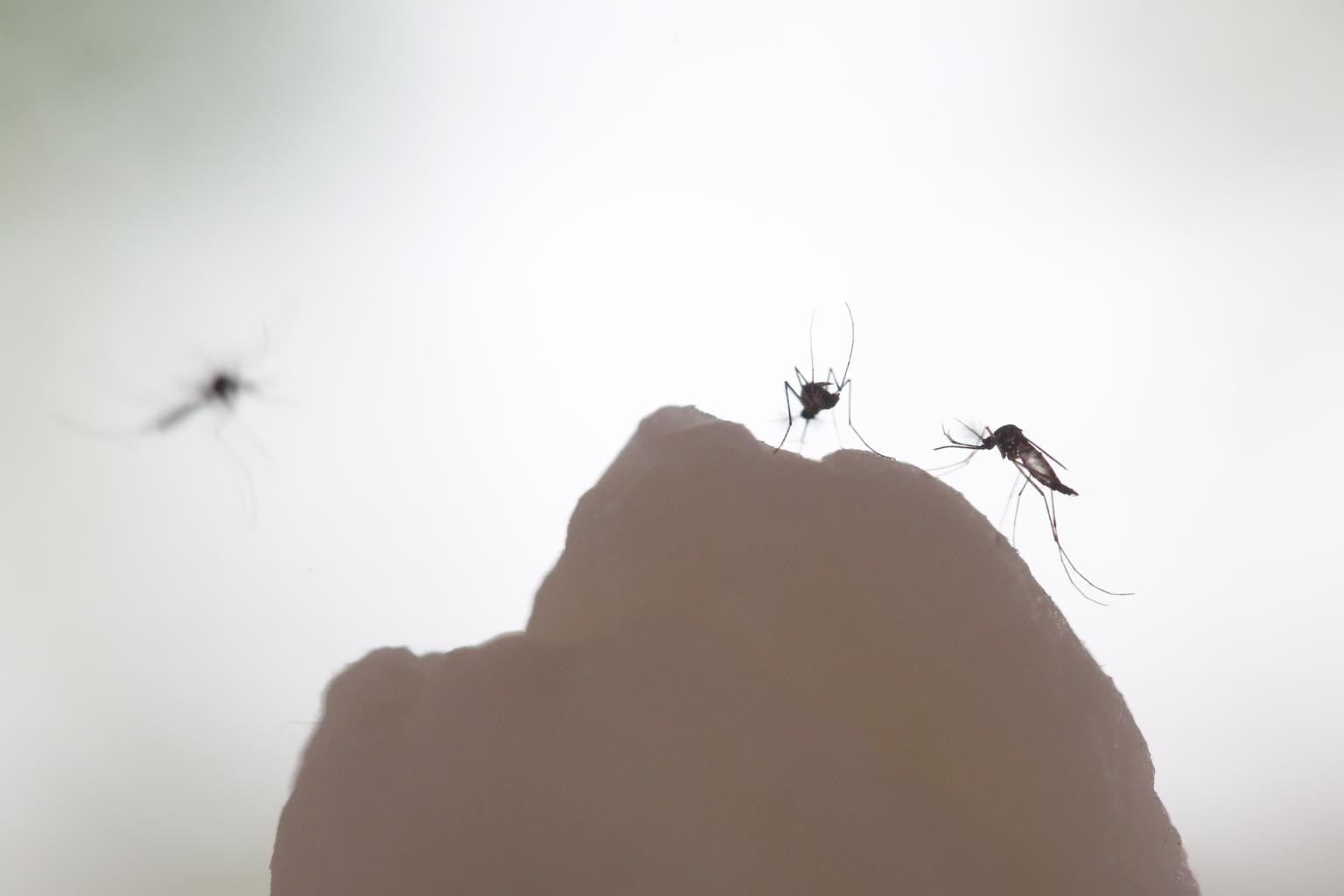Australian researchers reveal tool to track spread of dengue and other infectious diseases
Sign up now: Get ST's newsletters delivered to your inbox

Dengue fever cases reached a 20-year high in 2016 with more than 2,000 confirmed cases, the majority of which stemmed from travellers being infected in tropical areas and bringing the disease back to Australia.
PHOTO: ST FILE
Follow topic:
CANBERRA (XINHUA) - Australia's peak scientific body has developed a tool to track how infectious diseases spread throughout the country.
The tool, which is part of the Disease Networks and Mobility (DiNeMO) project being undertaken by the Commonwealth Scientific and Industrial Research Organisation (CSIRO), identifies and tracks new cases of infection with a disease to its original source in Australia.
Mr Dean Pail, a researcher from the CSIRO, said that with the tool, the DiNeMo project could provide real-time alerts and a surveillance system for infectious diseases, protecting Australians against the increasing risk of dengue fever and measles.
"Understanding how these infections spread once they reach Australia means we can predict when and where an outbreak is likely to occur - this means hospitals and biosecurity agencies can be as prepared as possible," he said in a media release on Thursday (Feb 21).
"When it comes to biosecurity, time is always the enemy, so being able to direct resources to the right place, at the right time can help diagnose and treat infected people as quickly as possible."
According to Department of Health data, dengue fever cases in Australia reached a 20-year high in 2016, with more than 2,000 confirmed cases, the majority of which stemmed from travellers being infected in tropical areas and bringing the disease back to Australia.
The tool was developed in collaboration with Data61 - the digital innovation arm of the CSIRO.
Data61 researcher Raja Jurdak said that existing methods of tracking infection routes were time-consuming.
"Our tool draws on multiple incomplete datasets, including reported dengue cases, tourist surveys, geo-tagged social media posts, and airline travel, and combines them in a smart way to understand the trends that underpin the spread of diseases," he said.
"This methodology allows us to look into the past and identify the sources of infection, and also predict the potential future spread of disease."

